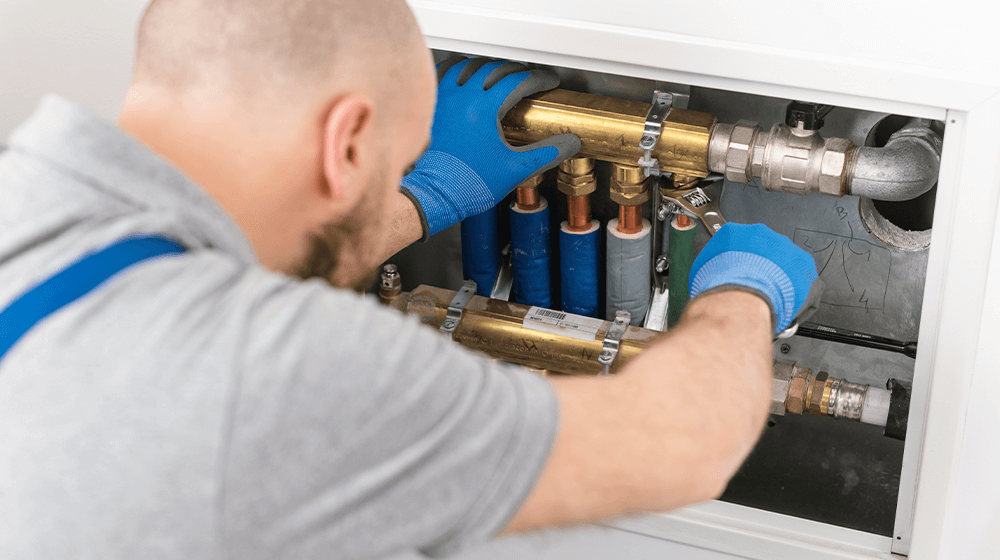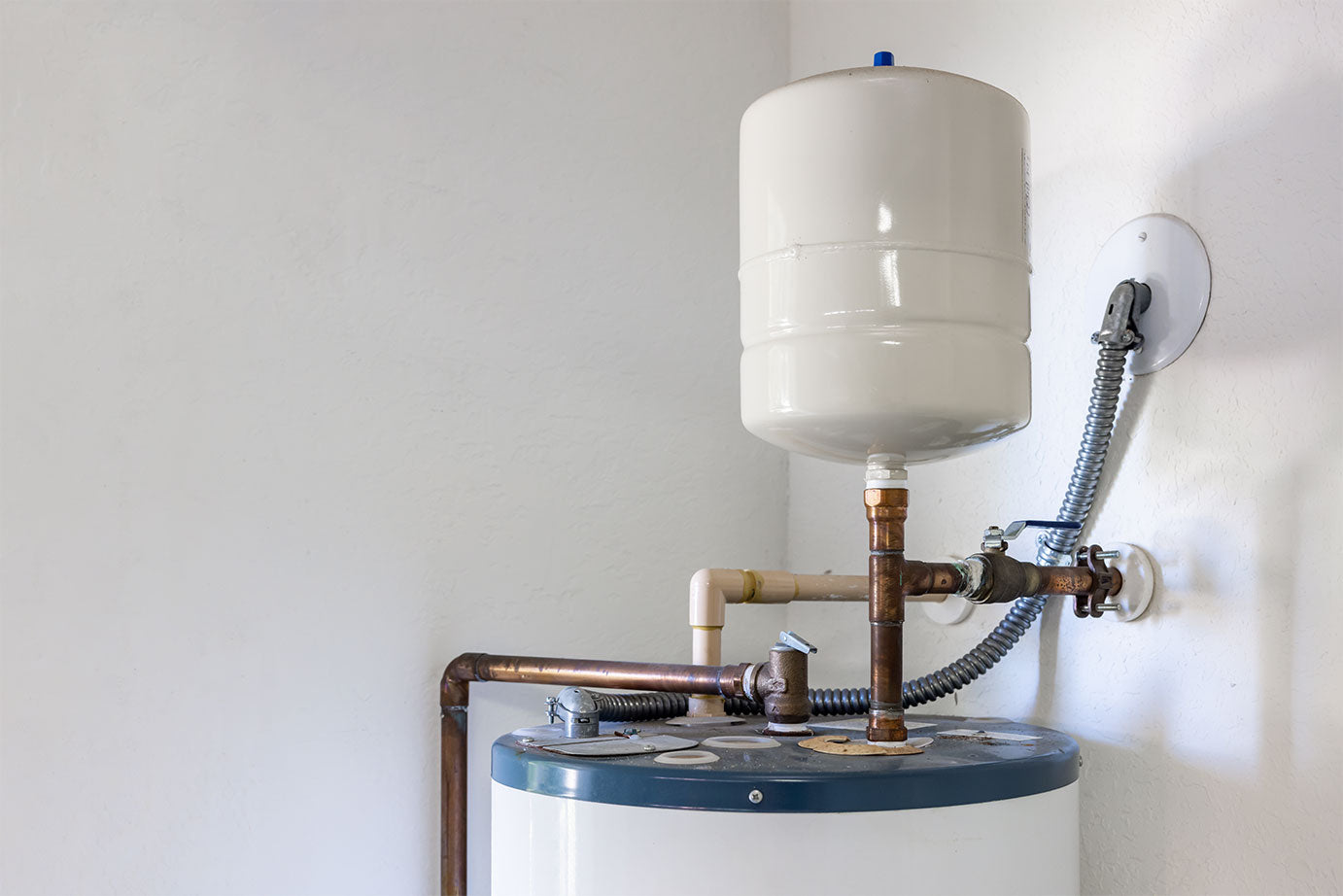Just about everyone may have their unique assumption when it comes to Innovative Plumbing Trends Transforming Construction.

Intro
The plumbing sector is going through a transformative stage driven by technological developments and growing issues for sustainability and effectiveness. This write-up checks out emerging fads and innovations shaping the future of pipes.
Regulative Landscape
Governing frameworks play a vital role in shaping the adoption of pipes developments, with criteria and codes controling whatever from water effectiveness to product security. As innovations remain to develop, governing bodies must adjust to make certain customer defense and ecological stewardship.
Future Outlook
The future of plumbing is identified by proceeded innovation and integration with various other fields such as IoT, renewable energy, and building automation. By embracing sustainable practices, leveraging emerging innovations, and focusing on user-centric design, the pipes sector is positioned to resolve the advancing requirements of culture while minimizing its ecological footprint.
Increased Fact in Pipes
Enhanced Reality (AR) innovation is changing pipes by supplying technicians with real-time visual assistance for repairing and repair work tasks. AR-enabled clever glasses or mobile applications overlay electronic info onto the physical atmosphere, assisting plumbers envision pipeline layouts, determine surprise leaks, and execute repair services with precision.
Effect of 3D Printing
The introduction of 3D printing has actually presented new opportunities in producing pipes elements. From custom-designed fixtures to intricate pipeline fittings, 3D printing allows for rapid prototyping and on-demand production, reducing lead times and enabling better customization in pipes style.
Health And Wellness Qualities
In feedback to increased problems for health and safety, pipes components are including attributes such as antimicrobial surface areas, touchless operation, and self-cleaning devices. These advancements not just enhance hygiene but also promote customer comfort and convenience.
Hygiene-focused Fixtures
Touchless taps, self-sanitizing bathrooms, and antimicrobial surface areas are ending up being increasingly widespread in residential and industrial settings, reducing the danger of bacterium transmission and advertising a cleaner, healthier atmosphere.
Water Top Quality Tracking
Improvements in water top quality monitoring innovations enable homeowners to keep an eye on the pureness and safety and security of their supply of water in real-time. Smart water quality sensing units can identify pollutants, pH levels, and temperature level variations, equipping users to take proactive steps to make sure water security.
Remote Pipes Services
Remote diagnostics and online assistance are transforming the way pipes solutions are supplied. With video conferencing and remote accessibility technologies, plumbings can fix problems, supply advice for do it yourself repair services, and even perform remote inspections, offering higher availability and benefit to home owners.
Obstacles and Opportunities
While pipes technologies hold enormous assurance, they also existing obstacles such as data privacy problems, regulative conformity, and the demand for labor force training. Resolving these obstacles needs collaboration in between sector stakeholders and governing bodies to ensure safe and liable execution of new modern technologies.
Smart Plumbing Systems
Including wise technology into pipes systems enables remote surveillance, leak detection, and automated maintenance. Smart sensors and IoT (Internet of Points) tools enable home owners and plumbing technicians to keep track of water use and discover problems in real-time, leading to a lot more effective resource monitoring and aggressive maintenance.
Water Performance Solutions
With enhancing emphasis on water conservation, cutting-edge solutions are being developed to minimize water waste in pipes systems. High-efficiency components, greywater recycling systems, and smart irrigation controllers are among the innovations helping consumers lower their water impact while maintaining convenience and comfort.
Sustainable Materials
The shift towards sustainability encompasses plumbing materials, with an expanding preference for eco-friendly alternatives. Eco-friendly piping materials, such as PEX (cross-linked polyethylene) and HDPE (high-density polyethylene), deal sturdiness and resistance to rust without endangering ecological stability.
Predictive Maintenance
Predictive upkeep methods take advantage of information analytics and machine learning formulas to expect and avoid pipes problems prior to they occur. By evaluating historical data and efficiency metrics, anticipating upkeep formulas can determine patterns and abnormalities, allowing proactive interventions to avoid pricey repairs and disturbances.
Verdict
In conclusion, the future of pipes is defined by a convergence of modern technology, sustainability, and user-centric style. By welcoming wise services, sustainable products, and positive maintenance practices, the plumbing sector can improve effectiveness, advertise safety, and contribute to a more lasting future.
Plumbing Industry Trends You Need To Know
Smart technology in plumbing
Homeowners want to be able to manage their homes from their phones. The technology exists to make that happen. From smart toilets to leak detector devices, the whole plumbing system can be managed on an interconnected network made up of sensors, IoT devices, and machine learning algorithms.
This allows for wireless control to turn appliances on and off, automate routines, and access advanced monitoring to track water usage and flag potential issues. Smart technology streamlines water consumption, maintenance and energy usage, creating a more efficient system.
Green plumbing
The data analysis possible with smart technology not only improves convenience and cost-effectiveness but also fulfills a high-priority customer desire – sustainability. Consumers are very aware of their impact on the planet and want plumbing solutions to reduce damage and support sustainability. Eco-friendly plumbing solutions are already starting to emerge.
Customers can opt for low-flow toilets, water-saving faucets, and connections to sustainable energy sources. Beyond monitoring water consumption, customers can conserve water through the installation of greywater systems. This is a system that collects water that has been used but is still clean enough for some household uses such as toilet flushing.
Shorter product pipeline
To keep up with modern plumbing, plumbers need modern tools that enable them to complete jobs more efficiently. One technology making strides in this area is 3D printing. By 3D printing key plumbing fixtures, plumbers can reduce wait times even for specialized fixtures. It minimizes delays often seen in traditional manufacturing that frustrate customers and prevent plumbers from taking on more work.
Off-site repairs
Augmented reality is making a splash in many industries including plumbing. Plumbers can map a building online so they can explore the plumbing system through augmented reality, identifying areas of maintenance and repair completely digitally. This technology can be applied quite widely in plumbers’ work including planning installations and training new recruits. It’s safer, smarter and more efficient.
Low-footprint materials
Another way for plumbing companies to reduce their environmental footprint and meet the customer demand for sustainability is by using recycled materials in their work. The products they source and manufacture such as pipes, fixtures and faucets can be made from recycled materials. This saves the planet while being just as effective.
Onsite water purification
Additionally, plumbing companies can be advocates of water conservation and ease the financial and environmental concerns of customers by offering water purification systems. New water purification technology such as reverse osmosis systems and UV systems make it possible for homeowners and business owners to thoroughly cleanse water, removing contaminants onsite. This means the water can be safely reused in more ways than greywater can be, establishing a water recycling loop.
Tankless water heaters
Another innovation of modern plumbing is tankless water heaters. The idea is that the water is heated on demand as it runs through the system instead of being heated in a water tank. This is more energy efficient and therefore cost-effective and eco-friendly because water isn’t heated needlessly.

I ran across that blog posting about The Future Of Plumbing: Trends And Technologies To Watch while browsing the internet. Sharing is good. Helping people is fun. Thank you so much for going through it.
Services